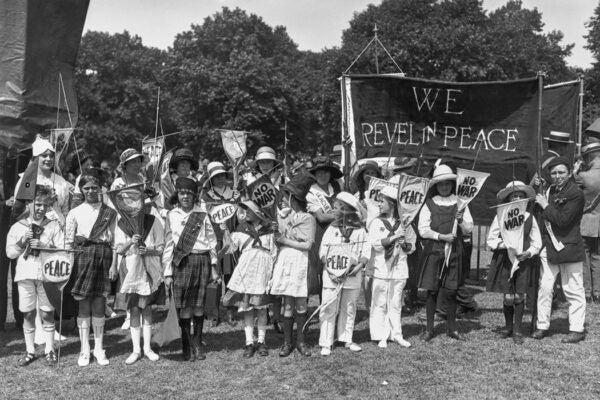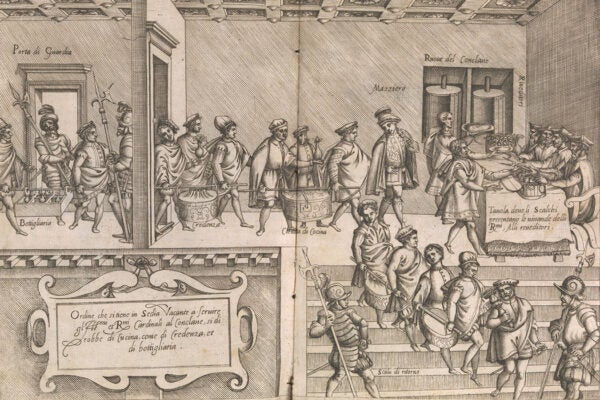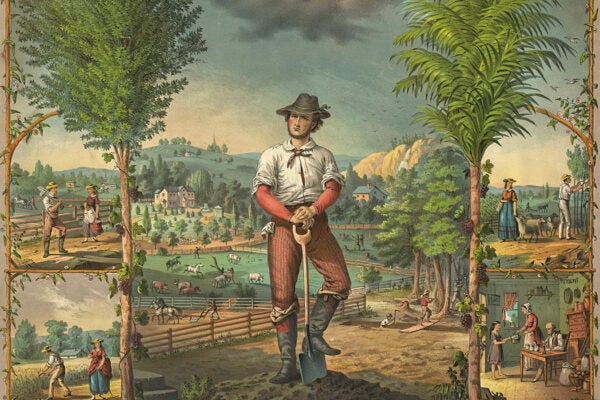All Travelers are Infiltrators: An Introduction to the Study of Travel Writing
Travel writing as a genre has arguably been around for centuries, but it didn’t emerge as a distinct field of academic study until the 1980s.
Teaching Peace Between the Wars
In the years between the world wars, the League of Nations attempted to change how history was taught to emphasize commonalities across national lines.
Verbatim: Fredric Jameson
Marxist cultural critic Fredric Jameson offered a philosophy of late capitalism that gave us a language for talking about globalization and the end of modernism.
When “Traditional” Religion Shakes Up Gender Roles
In The Gambia, adherents of the Tablighi Jama‘at movement believe in the segregation of men and women, which often affects gender roles in unexpected ways.
New Atheism and the Trouble with Literalism
Gaining strength in the early 2000s, the New Atheism movement was fueled by a fear of Christian fundamentalism and a belief that secularism was under attack.
Is Consensual Nonmonogamy a (Good) Thing?
Social biases can restrict research into consensual nonmonogamy, especially when it's harder to understand the processes involved in these relationships.
A Religious Studies Roundup
Stories from JSTOR Daily about religious traditions around the world and how they’ve shaped our politics, pleasures, and self-perceptions.
The Wild West of Papal Conclaves
In the sixteenth and seventeenth century, the death of a pope led to all sorts of chaos, from the destruction of art to armed violence in the streets.
The Singaporean State on a Styrofoam Plate
Hawker centers, a uniquely Singaporean institution, bring a form of street commerce practiced around the world under the authority of state regulators.
The Gift of the Grange
Originally a secret society, the National Grange of the Order of Patrons of Husbandry today is an important health and education resource in rural communities.









